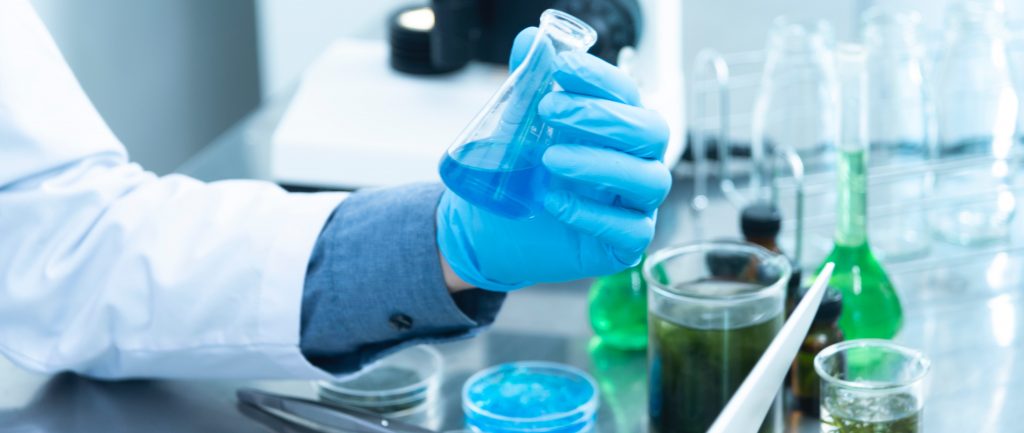The legalization of cannabis for recreational use in regions of North America has introduced a new market that is projected to hit $22 billion by 2020. In order to ensure the safety of users, regulations are mandated and enforced by a range of governing bodies. The Government of Canada, for instance, has outlined a range of compounds that must have their concentrations monitored including cannabinoids, pesticides, mycotoxins, and terpenes.
Cannabinoids
The three main cannabinoids of interest in cannabis include tetrahydrocannabinol (THC), cannabidiol (CBD), and cannabinol (CBN). Due to their differing psychoactive properties, it is important to determine their individual concentrations. Health Canada mandates that each batch of cannabis must be tested for potency, and the quantities of THC and CBD must be displayed on their packaging. Testing for these individual cannabinoids remains a labor intensive process due to the complex composition of the cannabis plant matrix.
Pesticides
As with other plants, pesticides are used on cannabis to control pest populations and increase crop yield. In Canada, companies must comply with the Government of Canada’s outlines on pesticide contamination, as well as submit to unannounced sampling and testing of cannabis products. A common industrial method for sample preparation for the detection of pesticides in cannabis and other food is the QuEChERS (quick, easy, cheap, effective, rugged, and safe) method, developed by the United States Department of Agriculture (USDA). Although well established for some pesticides, this method has limited utility when considering polar and small molecule pesticides.
Mycotoxins
Optimal growth conditions for cannabis plants create an ideal environment for the proliferation of molds and fungi. This can cause the accumulation of toxic fungal metabolites (mycotoxins) on cannabis plants. These mycotoxins, even at trace amounts, can pose a health risk to individuals, most significantly to those who already suffer from pulmonary or immune system deficiencies. Due to these potential health risks, regulatory bodies have mandated testing to determine if these toxic metabolites are present. The oily nature of cannabis products makes the detection of mycotoxins a challenging and very labor intensive process.
Terpenes
Terpenes are a class of naturally occurring compounds that are typically known for their distinct aroma. However, recent studies have shown that terpenes can show bioactivity, resulting in their own therapeutic effects. Due to these factors, both manufactures and consumers are interested in knowing the terpene profile of their cannabis products, with some regions mandating terpene profiling on packaging. Sample preparation for the analysis of terpenes remains a challenge due to their inherit volatility.
Many laboratories have adopted automation in cannabis sample preparation, as robots can improve reproducibility and increase sample throughput. Systems such as the automated solid phase extraction workstation can enable higher sample throughput, while ensuring confidence in the precision of downstream results from analytical measurements. If you would like to know more about how robots such as these automated liquid handling systems can streamline your processes, contact our team at Aurora.



